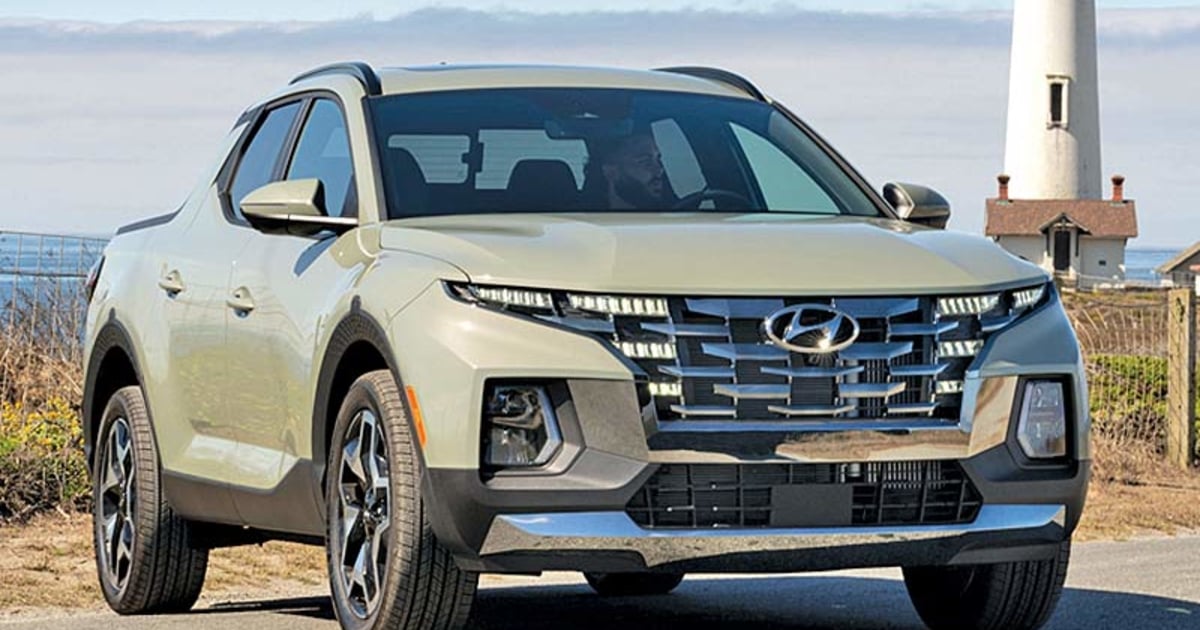
Improving inventory and steady demand helped automakers post their best U.S. light-vehicle sales month since April, according to LMC Automotive, another sign the ongoing microchip shortage may be easing.
October volume rose 11 percent to 1.17 million, LMC said. Among the seven automakers that publicly reported monthly figures, sales increased 5.9 percent.
The seasonally adjusted, annualized rate of sales came in at 15.28 million for the month, according to Motor Intelligence, up from 13.39 million a year earlier.
Toyota, Mazda, Hyundai-Kia, Subaru and Volvo all posted October sales gains, while Ford and Honda reported declines. Sales increased even as rising interest rates and surging new-vehicle prices continue to threaten affordability.
“The vehicle market is being supported by improving inventories and product selection for some, but not all, brands,” Charlie Chesbrough, senior economist at Cox Automotive, said in a statement. “However, rising interest rates are pushing monthly payments higher for everyone, and many potential buyers are being knocked out of the market.”
Sales at Toyota jumped 28 percent overall, including a 33 percent increase at the Toyota division. The company’s top sellers achieved big gains — the Camry up 68 percent, RAV4 up 40 percent and Tacoma up 44 percent.
The automaker said it ended October with just a 20-day supply of vehicles — 143,761 cars and light trucks, though fewer than 20 percent of those were at dealerships, with the rest at a port or in transit.
Volume rose 6.8 percent at Hyundai and 12 percent at Kia to an October record of 58,276.
Hyundai said its retail deliveries increased 11 percent to an October record of 58,315. The company is prioritizing more profitable retail business amid tight inventory, with fleet shipments totaling just 0.4 percent of sales in 2022.
“Demand is still there and our lineup of EV vehicles contributed to record sales this month,” Randy Parker, CEO of Hyundai Motor America, said in a statement.
Hyundai said it ended October with 31,529 cars and light trucks in inventory, 27 percent more than a month earlier and 58 percent more than it had a year ago. Prior to the pandemic, the company typically had at least 140,000 vehicles on hand.
Ford sales fell 10 percent, and Honda sales dropped 16 percent. Both automakers were limited by parts shortages.
Despite the drop, Ford said gross inventories of vehicles in dealer stock and in transit continued to rebound, reaching 340,900 at the end of October. That’s 9.8 percent higher than at the end of September and 42 percent more vehicles than it had a year earlier. Ford said more than half of its gross stockpiles remain in transit, reflecting longer shipping times that continue to hamper the industry.
The automaker also said it was continuing to see record demand for 2023 models, with retail orders rising 134 percent over orders for 2022 models at the same point last year.
October was the seventh consecutive month in which about half of Ford’s retail sales came from previously placed orders.
New-vehicle prices have continued to set records, with the average transaction price expected to reach $45,599, according to J.D. Power and LMC. That would be an all-time October high and 2.7 percent higher than a year ago. Analysts said they expect the rebound in inventories and higher borrowing costs for consumers to slow price increases.
Falling used-vehicle prices have become another headwind for the new-vehicle market, as consumers increasingly get priced out.
“We expect to see some deterioration in per-unit pricing and profitability in the coming months,” said Thomas King, president of J.D. Power’s data and analytics division. “However, nearly 50 percent of new vehicles are still being sold above MSRP; the industry is recalibrating to a more durable pricing environment.”